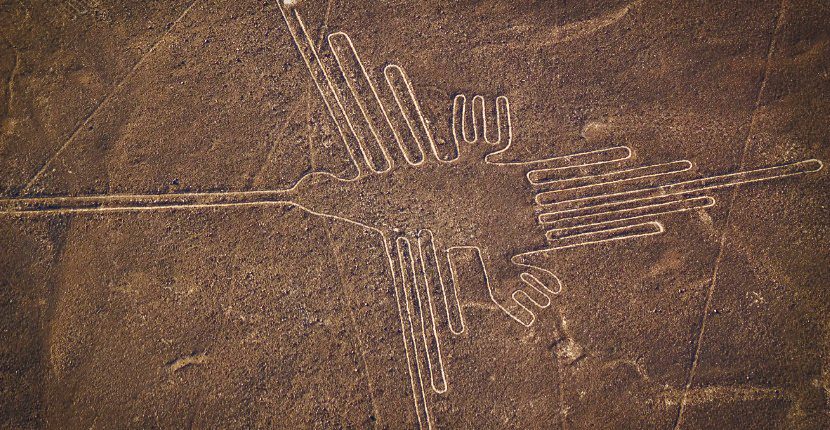The Nazca Lines in Peru have baffled mankind for quite a long time–and now the mystery is even more intriguing. They are a series of enormous geoglyphs etched into a roughly 200-square-mile stretch of the desert, created by pre-Inca people somewhere between the 4th century B.C. and the 10th century A.D. This early land art features lines measuring as long as 30 miles and are best viewed from the air or from surrounding hillsides..
A team of researchers say the Nazca Lines represent “one of the most attractive ancient mysteries in the world.” It’s hypothesized that the geoglyphs had ritual astronomical functions, but no one knows for sure.
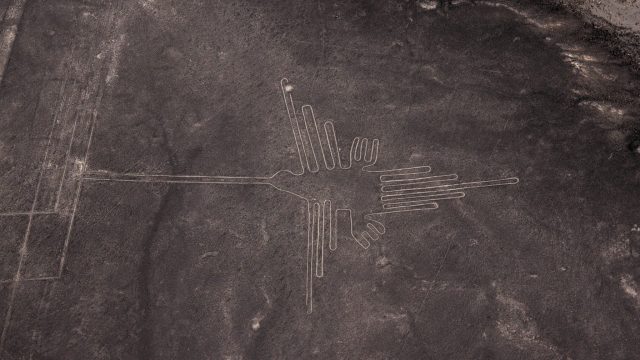
It’s the geometric shapes that are the focus of their new research, ranging from triangles to trapezoids and spirals, even the figure of a human which has been dubbed the “astronaut”. Some 70 depictions of plants and animals can be seen. But researchers have discovered that some of Peru’s massive creations were identified incorrectly, and that the figures are actually of birds who lived far away from the site of geoglyphs. This clearly raises many new questions.
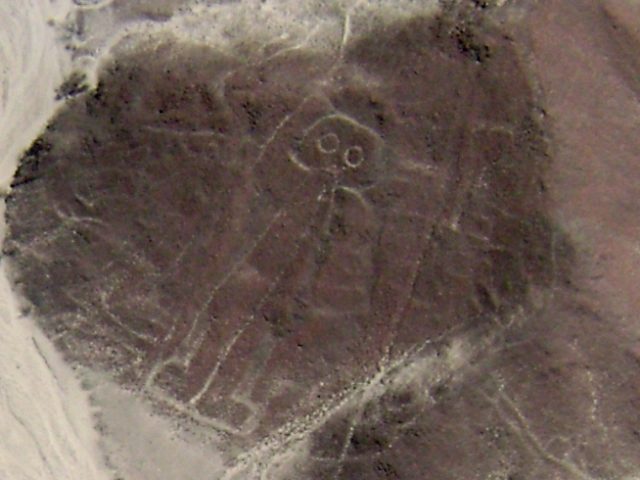
Among the 16 massive bird carvings in the Nazca desert of southern Peru are a hermit (a forest species) and a pelican (a coastal bird), according to research published in June 2019 in the Journal of Archaeological Science: Reports. The figure of a “hummingbird” is now considered to be a hermit, which is a close relation to a hummingbird but not found the areas where the Nazca lines were created.
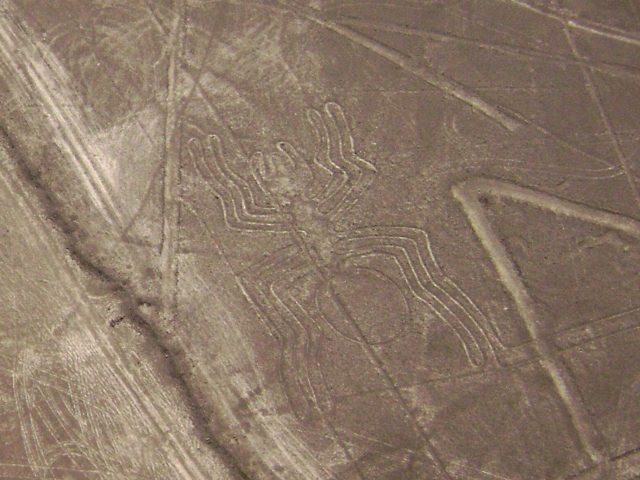
Their findings indicate the geoglyphs represent exotic species of birds found a far distance from where the lines were created. “We revealed several discrepancies between their geoglyphic characteristics and those of the taxonomic groups to which they were attributed by previous research,” they wrote.
“In addition, we determined that some of the geoglyphs depicted a number of specific birds, including hermit, pelicans, and what is most likely an immature parrot. Each of these birds is regionally exotic. For instance, hermits and parrots are found in tropical rain forests whereas pelicans live in coastal areas.”
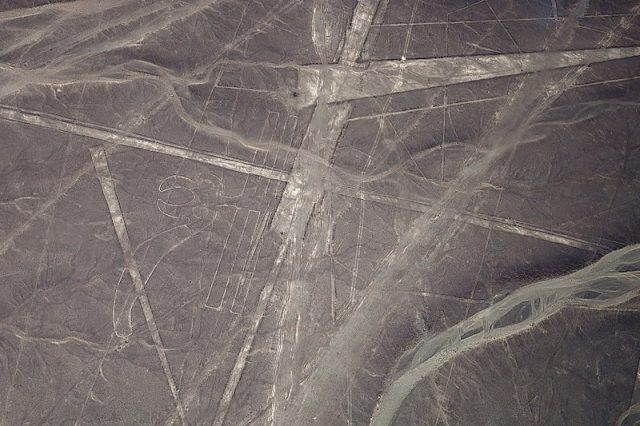
The Nazca Lines may be best known for the representations of animals and plants that measure up to 1,200 feet long. The Nazca people also created other forms, such as a humanoid figure (nicknamed “The Astronaut”), hands, and some completely unidentifiable depictions.
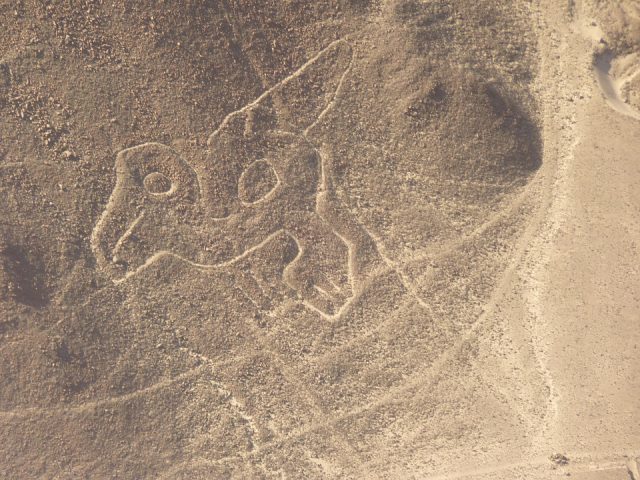
In 2011, a Japanese team discovered a new geoglyph that appears to represent a scene of beheading, which is far smaller than other Nazca figures and not easily seen from aerial surveys, according to History. The Nazca people were known to collect “trophy heads,” and research in 2009 revealed that the majority of trophy skulls came from the same populations as the people they were buried with (rather than outside cultures).
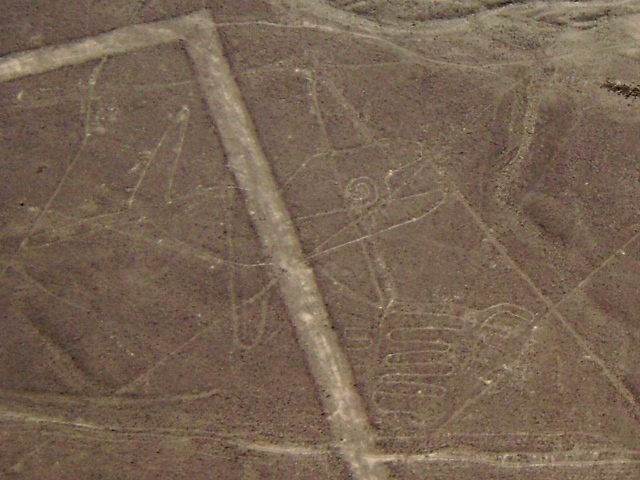
In 2016, the same team found another geoglyph, this time one that depicts a 98-foot-long mythical creature that has many legs and is sticking out its tongue.
A trio of Japanese researchers—Masaki Eda of the Hokkaido University Museum, Takeshi Yamasaki of Yamashina Institute for Ornithology, and Masato Sakai of Yamagata University—have now revealed that many of the birds in question were previously misidentified.
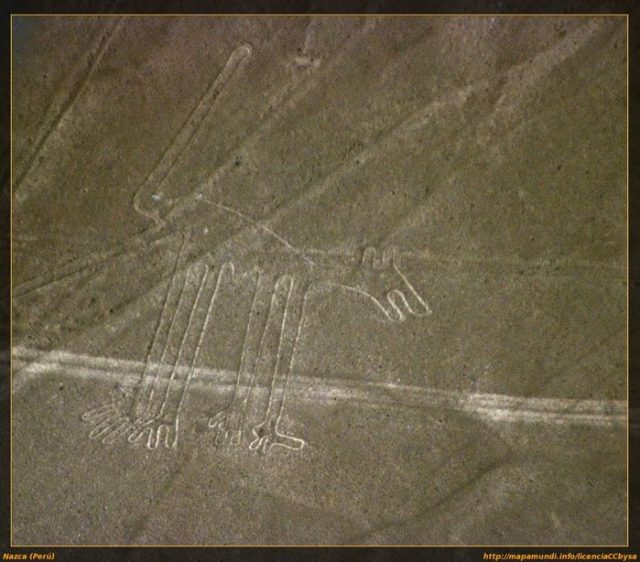
So far their best explanation is that the people who drew these images could have seen the faraway birds while traveling. “Our findings show that they drew exotic birds, not local birds, and this could be a clue as to why they drew them in the first place,” explains Eda.
Related Article: Ireland’s Mysterious Newgrange Tomb – Older than the Great Pyramids
The team does believe this exoticism is significant: “If exotic/non local birds were not significant for the Nasca people, there are no reason to draw their geoglyph,” study author Masaki Eda told Newsweek. “So, their existence should be closely related to the purpose of etching geoglyphs. But the reason is difficult to answer.”
Nancy Bilyeau, a former staff editor at Entertainment Weekly, Rolling Stone, and InStyle, has written a trilogy of historical thrillers for Touchstone Books. Her new book, The Blue, is a spy story set in the 18th-century porcelain world. For more information, go to www.nancybilyeau.com
